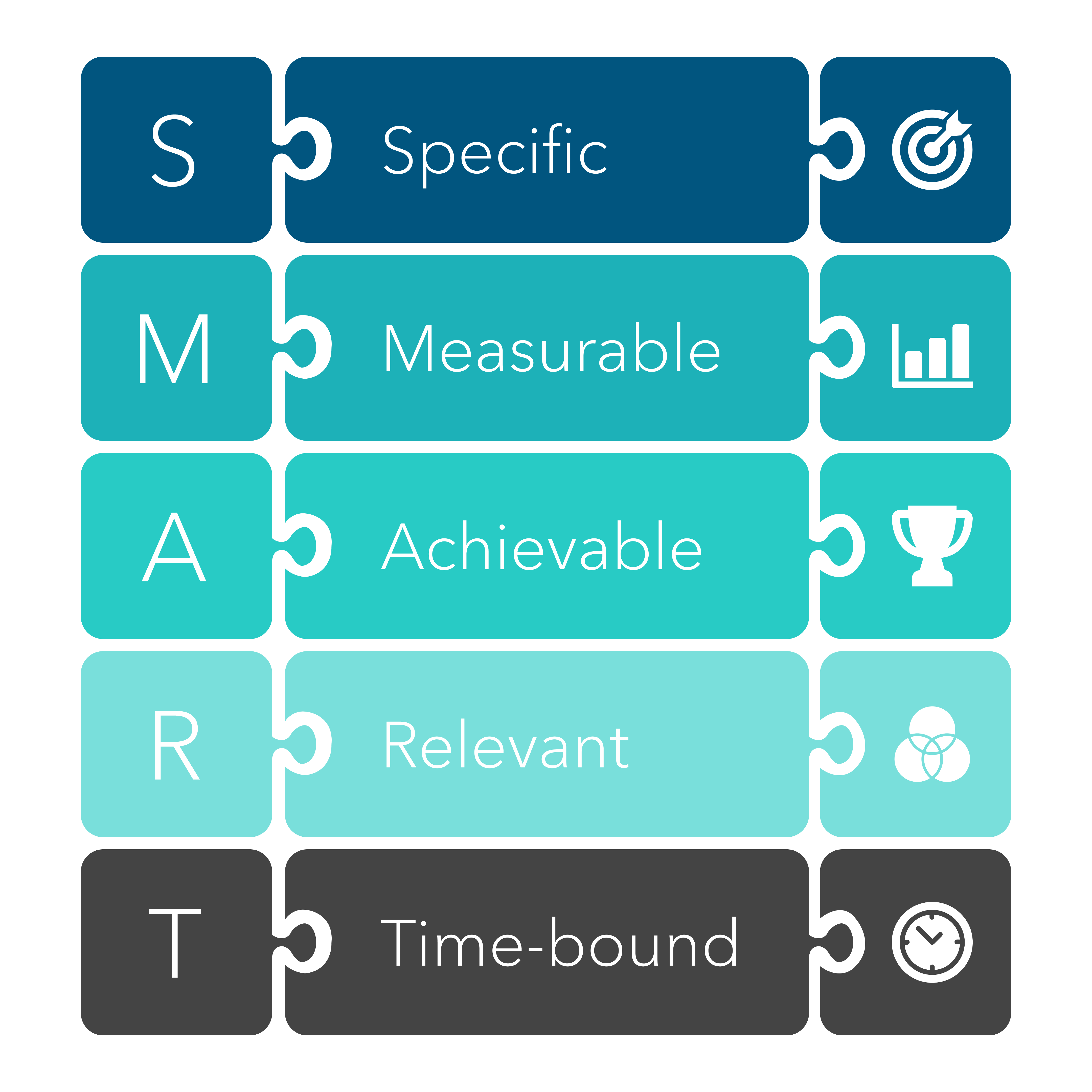
by Carrie Bauman
Data is the cornerstone of effective decision-making. Without accurate and timely information, it is challenging to assess organizational performance or identify areas for improvement. Data analytics in healthcare enables monitoring of key performance indicators (KPIs), tracking of financial trends, which lead to informed decisions that enhance healthcare financial and operational performance.
For instance, AI-powered predictive analytics can help you anticipate financial challenges and optimize revenue cycle management. By leveraging healthcare financial analysis, patterns and trends that inform strategic planning and resource allocation can be identified and exploited.
Before setting goals, it is crucial to understand your organization’s current financial standing. Conducting a comprehensive financial analysis allows you to identify strengths and weaknesses, benchmark against industry standards, and establish a baseline for measuring progress.
Healthcare data analytics, deliver key insights into revenue streams, cost structures, and operational efficiencies. This information is vital for developing targeted strategies to improve financial performance.
Setting realistic and strategic performance goals is essential for driving improvement. Leadership is responsible for defining clear objectives that align with your organization’s mission and financial targets. These goals should be specific, measurable, achievable, relevant, and time-bound (SMART).

By involving key stakeholders in the goal-setting process fosters a sense of ownership and accountability, enhancing commitment to achieving desired outcomes and supporting a culture of continuous improvement.
Understanding the disparity between your current financial performance and desired goals is critical. The first step is to conduct a thorough gap analysis to identify challenges, opportunities, and areas requiring intervention. There are four key components of a thorough gap analysis.




Evaluate revenue cycles, cost centers, and profitability.
AI-driven automation minimizes human errors, ensuring higher claim approval rates.
Compare performance metrics with similar organizations to identify best practices.
Utilize AI-driven tools to forecast financial trends and potential risks.
By systematically analyzing these factors, you can develop targeted strategies to bridge the gap and enhance healthcare financial performance.

Translating analysis into a structured roadmap is essential for achieving financial goals. A strategic action plan must outline key initiatives, assigns responsibilities, and establishes timelines.

Focus on high-impact areas that align with organizational goals.

Ensure adequate staffing, technology, and funding for implementation.

Establish short-term and long-term targets to monitor progress.

Use dashboards and reports to track performance and make data-driven adjustments.
An actionable plan provides a clear path forward, enabling your organization to systematically improve healthcare financial performance.
Effective execution requires deliberate action and ongoing oversight. Assign clear responsibilities to team members and establish accountability structures to ensure tasks are completed efficiently.
Regularly review progress against milestones and adjust strategies as needed. Utilize healthcare financial analysis to monitor outcomes and identify areas for refinement. By maintaining focus and adaptability, you can drive sustained improvements in healthcare finances.
Providing training, tools, and standardized processes is vital for consistent team performance. Invest in educational programs that enhance staff competencies in financial management and data analytics.
Develop standardized protocols and playbooks to guide decision-making and ensure uniformity across departments. This approach fosters a culture of excellence and supports the continuous enhancement of healthcare financial performance.
Utilize metrics to evaluate progress and inform decision-making. Regularly analyze financial data in healthcare to assess the effectiveness of implemented strategies.
Key performance indicators to monitor include revenue growth, cost reduction, and return on investment. By tracking these metrics, you can identify successful initiatives and areas needing improvement, enabling informed adjustments to your approach.

Engage with frontline staff to gather insights and feedback on implemented changes. Recognize and celebrate achievements to motivate continued excellence.
Establish regular check-ins and feedback mechanisms to identify challenges and opportunities for further enhancement. This iterative process supports a dynamic and responsive approach to healthcare finance management.
Maintain momentum by setting new targets and continuing the cycle of assessment, planning, execution, and evaluation. Continuously leverage healthcare data analytics to inform goal-setting and strategy development.
By fostering a culture of continuous improvement, your organization can adapt to evolving challenges and sustain advancements in healthcare financial performance.
Create compelling executive summaries that articulate the impact of financial strategies. Use data to tell your performance story, highlighting successes and areas for growth.
Effective communication of financial outcomes reinforces stakeholder confidence and supports ongoing investment in data-driven initiatives. By transparently sharing results, you demonstrate the value of strategic financial management and its role in achieving organizational objectives.
Improving your healthcare financial performance starts with using data effectively. By establishing clear baselines, setting strategic goals, identifying gaps, and executing focused plans, you can drive measurable results across your organization.
AI-driven healthcare data analytics platforms help you uncover trends, optimize workflows, and make smarter financial decisions. They turn raw financial data in healthcare into actionable insights, helping you stay ahead in a fast-changing environment.
As a healthcare leader, your ability to leverage financial analysis in healthcare will define your success. With the right tools and a data-first mindset, you can move from reactive to proactive and make your financial performance a powerful competitive advantage.


2424 North Federal Highway, Suite 205
Boca Raton, FL 33431